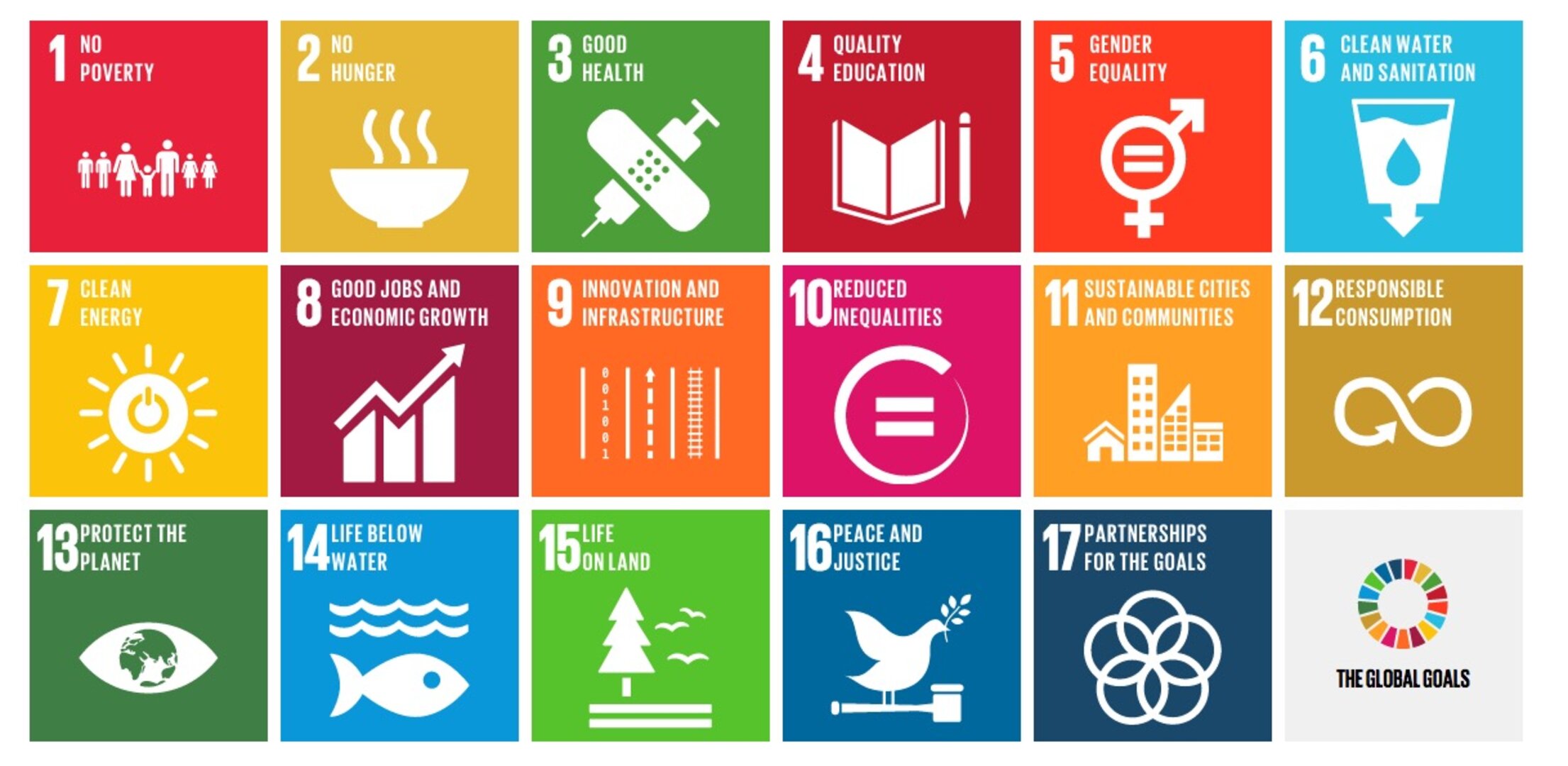
Building a smart portfolio of carbon credits
Corporates rarely only have one supplier for a given product, as much as investors rarely only invest in one single asset. We therefore recommend to all our clients to buy carbon credits from multiple CO2 projects. This reduces the reliance and dependency and protects them from potential downfall. When building a portfolio of carbon credits in the voluntary carbon market, we can use some concepts from transitional portfolio theory. This involves a structured approach to manage the risk and return associated with your carbon credit purchase. Here’s how you can apply the relevant concepts (diversification, risk and return, and efficient portfolio) to construct such a portfolio:
Diversification
Diversification is essential in the voluntary carbon market, just as it is in traditional financial markets. To effectively diversify your carbon credit portfolio, consider investing in a mix of different types of carbon credits, such as:
- Project types: Invest in carbon credits from various project types. The Oxford Principles share a detailed breakdown of what this could look like. It is important to consider your overall goal (e.g. net-zero, beyond value chain mitigation) and align the project types with that goal.
- Geographic regions: Spread your carbon credit purchases across projects in different geographic regions to reduce exposure to region-specific risks, regulatory changes, or climate impacts. You might want to support projects located in the Global South where the impact of climate change is more severe, or support projects tied to your corporate story.
- Credit standards: Diversify among carbon credit standards or certification programs, such as Puro. Earth, Gold Standard, or European Biochar Certification, to minimize risks associated with changes in standards and methodologies.
When looking at case studies, we see a wide variety of number of projects supported by a company for a given year. At the top end, you find large enterprises like Microsoft and J.P. Morgan simultaneously supporting more than ten different projects. For small companies, we recommend buying carbon credits from minimum two projects.
Risk and return
Assess the risk and return characteristics of each carbon credit project or category. Consider the following factors:
- Expected return: The return of the project is the number of carbon dioxide avoided or removed. Projects which promise to remove carbon dioxide in the future need to be analyzed prudently, as they could potentially not hold that promise. Much easier are projects which only generate a carbon credit once CO2 was already avoided or removed.
- Risk assessment: Analyze the specific risks associated with each project, such as regulatory, operational, or market-related risks. Projects with lower risks are obviously more attractive and oftentimes higher priced. There are several risks associated to each project type and the specific project. Careful analysis is required before buying carbon credits.
Efficient portfolio
To construct an efficient carbon credit portfolio, you need to balance risk and return. Apply portfolio theory to select the optimal mix of carbon credits that delivers your required number of tonnes for the lowest level of risk.
- Establish your risk tolerance: Determine your risk tolerance and climate strategy, as these will guide your portfolio construction.
- Create a diversified portfolio: Utilize the information gathered from diversification, risk-return assessments to build a diversified portfolio of carbon credits. This may involve allocating a certain percentage of your budget to different project types and regions to achieve a balanced portfolio.
- Continuous optimization: Regularly monitor the market and consider updating your portfolio as new projects emerge which fit perfectly to your company. As market conditions and regulations change, it’s important to ensure your portfolio remains in line with your objectives.
Closing tips
Consider your climate strategy goals: Make sure your portfolio aligns with your specific sustainability goals, like for example ‘reaching Net-Zero’ and ‘contributing to climate mitigation in the amount of your current emissions’.
Building a carbon credit portfolio in the voluntary carbon market is not only about financial cost, but more so about contributing to environmental and sustainability objectives. By applying some elements of portfolio theory, you can structure your budget wisely to achieve both financial and environmental impact goals.
Reach out to us to build your portfolio of carbon credits on Freeze Carbon.


